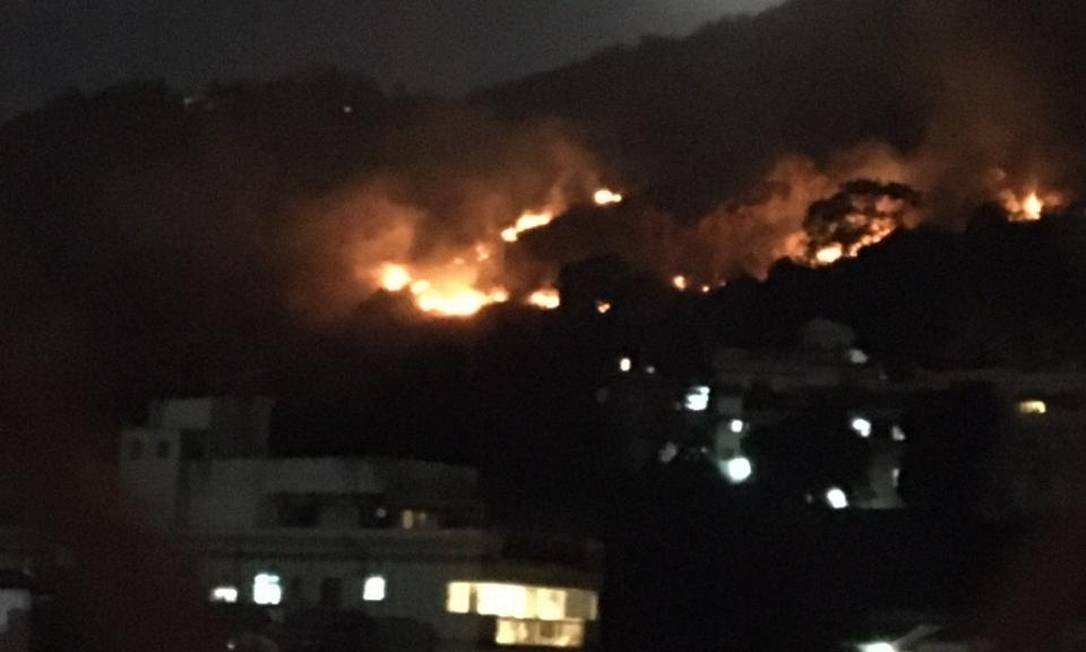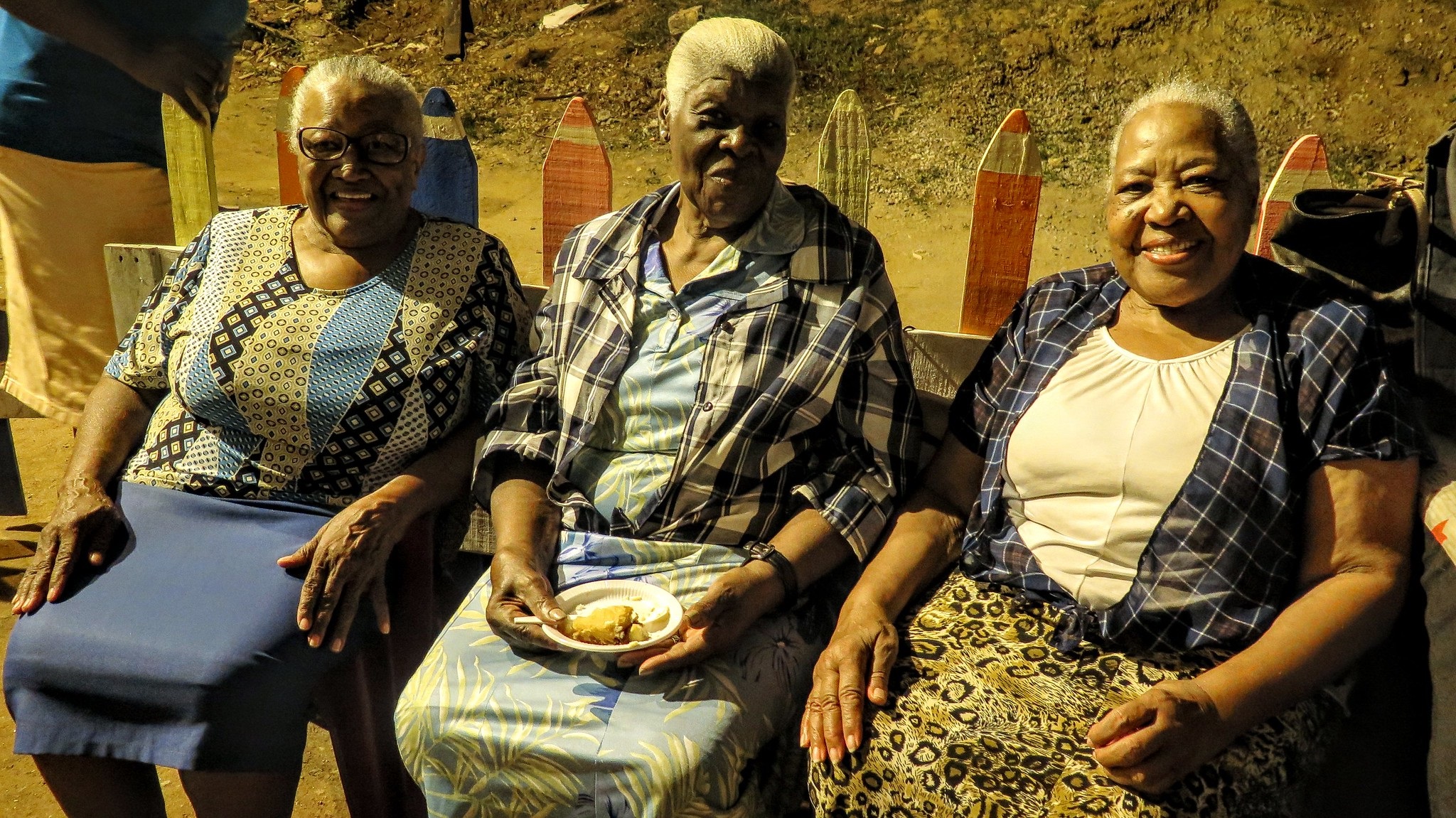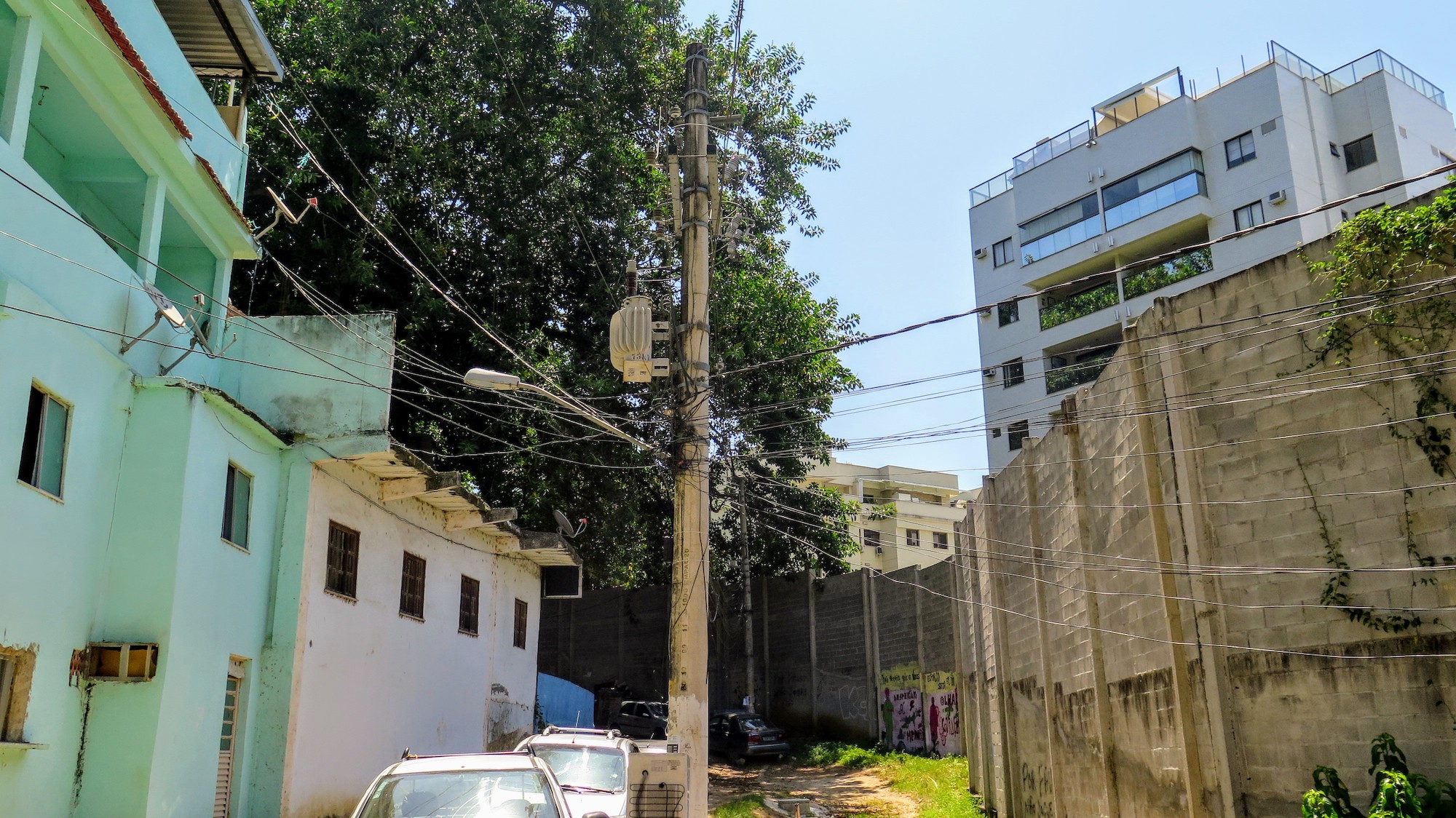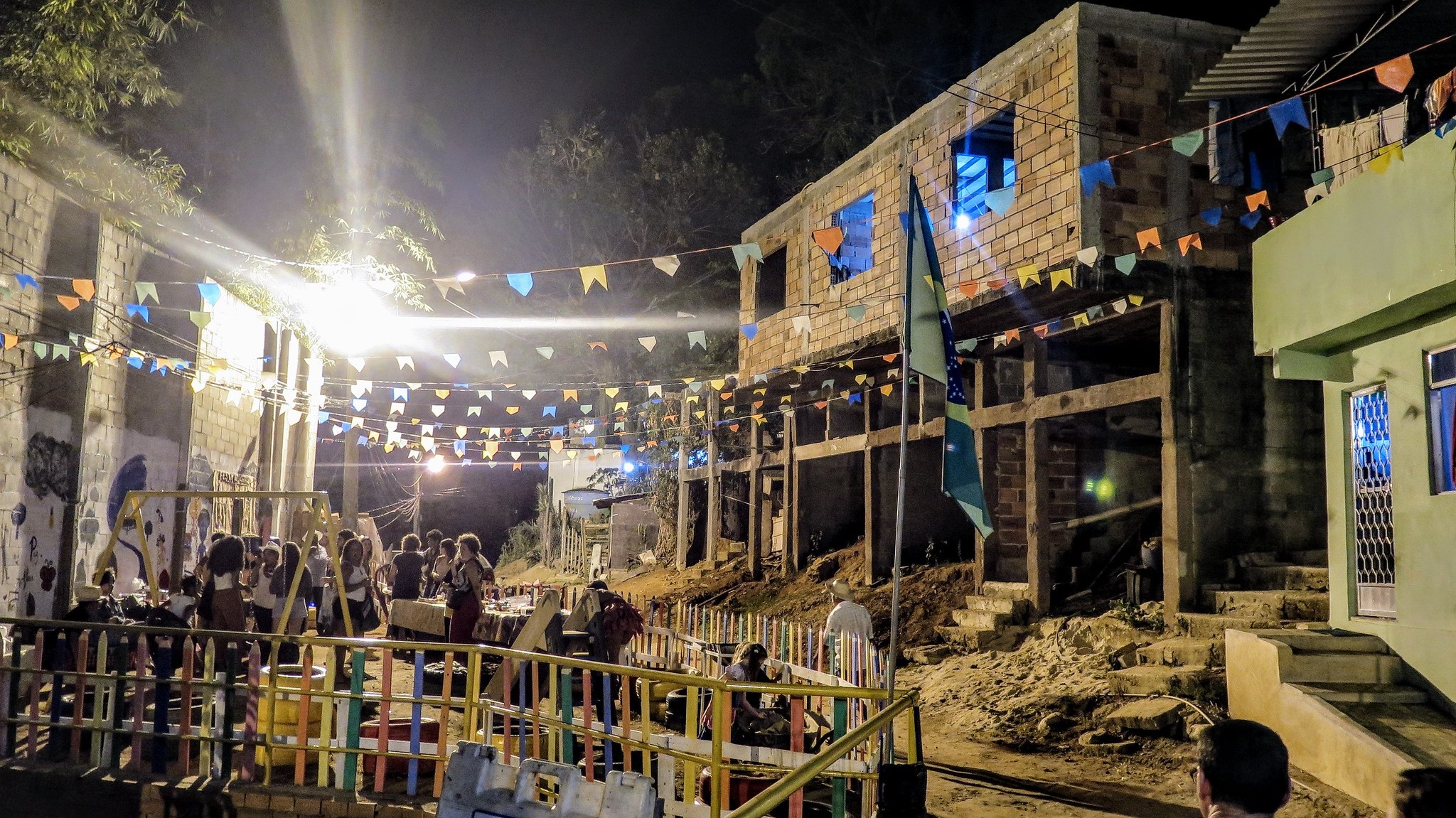
The Trapicheiros community, a small favela of 52 families located near the larger Morro do Salgueiro favela in Tijuca, in the North Zone of Rio, was almost the victim of a large fire that descended from the forest just above the community. Of unknown origin, the fire started around 8am on August 2 and was only controlled by firefighters at around 10pm.
Paulo Roberto da Silva Machado, president of the Trapicheiros Residents’ Association, says that this is the third year in a row that a fire has ignited under similar circumstances: it starts early in the morning in the upper part of the forest and comes down the slope. The difference this year was the fire department’s delay in responding to the calls and putting out the flames.
According to official information from the Fire Department, the call to fight the fire was registered by the corporation’s headquarters only at 5:57pm. However, the residents of Trapicheiros say that since 8am, the fire was already underway, threatening the community. From that moment on, residents, relatives, and friends called the firefighters tirelessly and reported receiving aggressive and impatient treatment. According to the president of the Residents’ Association, it was only after residents of the two high-income condominiums neighboring the community called and reported the fire on social networks that the firefighters mobilized.
A resident tells of the despair and sadness felt when she saw the fire approaching the houses and friends and neighbors having to quickly remove their belongings and documents from their homes. She was also concerned for the children in the community: “Until Tuesday there was a terrible smoke. The children here were all sick because of a bronchitis problem, and they had to breathe all that smoke.”
The Trapicheiros community is a historic, century-old territory. Some residents describe how their families have lived here for five generations and ties to the place go back over 90 years. Historians Lilian Vaz and Maurício Abreu demonstrate that the history of occupation of the area goes back further: in 1881, the Municipal Sanitary Code of Rio de Janeiro (publicly accessible in the City of Rio de Janeiro’s General Archive) already documented the existence of twelve huts in Morro dos Trapicheiros, in Tijuca.
Such a history with a capital H, one that is confirmed by reports, documents and the strength of community mobilization, does not, however, prevent ignorance and prejudice from threatening the community. According to Ailton Gonçalves Lopes, second secretary of the Trapicheiros Residents’ Association, on Sunday, the day of the fire, in addition to the threat posed by the flames, residents had to hear shouts from the balconies of the luxury condominiums located in front of the community, encouraging the fire and cheering: “I hope it burns all the shacks!”
The Atrium Residences and Loft condominium on Rua Bom Pastor and the Jardins de Debret condominium on Rua Ângelo Agostini were built seven years ago in front of Trapicheiros. Since these condominiums came into existence, the community’s routine, which had always been peaceful since its founding, has changed: episodes of threats, disrespect, and prejudiced attacks by residents against Trapicheiros have become increasingly common.
“We are living in a very uncomfortable moment, with a lack of respect. We have no freedom for anything,” says another resident. She expresses her discontent with the prejudiced attacks they have been suffering: “You can’t listen to music here without them complaining. They throw oranges, throw stones, eggs, there’s no limit. Now with this fire, the residents of the building shouted that we have to die, that they hope the fire reaches the houses… It is disrespectful, I don’t know what world they are living in. We are black, we are also poor, but we have rights. They say there are criminals here. I don’t know if for them working means being a criminal.”
In another episode in July, when community residents, after numerous attempts, managed to get waste collection utility Comlurb‘s technical support to prune a tree that threatened a house and wires from the region’s electrical network, to everyone’s surprise, a Forest Guard car arrived on the scene. Upon informing himself of the situation, the officer explained that the Guard had received anonymous reports of the environmental crime of deforestation taking place in the area. When they saw it was a legitimate and legal action taken by Comlurb, they apologized for the inconvenience and turned around.
The irony of this demonstration of constant surveillance is that the same tree was also pruned a few months ago by the Atrium condominium, as its branches also threatened the condominium’s installations. The condominium only exists on the site because of deforestation—during the condominium’s construction—of fruit trees, well-known to residents of Trapicheiros, at the orchard behind the Bom Pastor Convent, which until then occupied the land.
On several other recent occasions, a drone invaded the privacy of community residents, generating fear, anger, and indignation.
The swearing from the balconies and inaccurate complaints are just some of the abuses committed by residents of the condominium. As published in 2018 by the newspaper O Globo and contested here on RioOnWatch, the interest in removing the Trapicheiros community began exactly when the condominiums arrived at the site. They used baseless arguments that the community is the result of invasion, citing environmental crimes and “visual pollution.” Unfortunately, these virtual threats have real consequences.
As covered above, there are extensive studies carried out by individual researchers and also public organs, disproving the narrative that the Trapicheiros community is a recently-occupied area, or that it was built in an area of environmental protection.
Yet another resident who works with children in her church explains the outrage of Trapicheiros residents: “I am very sad, very indignant. The more I get close to people, the more I want to be close to the children. I’m scared, I don’t even want to go down the street and say good morning to people. I always think that I will run into someone from the condominium who will attack me, who will curse me. I cannot understand how human beings can be so aggressive, with this spirit of hate.”
For another resident, the real intention of the many attacks is clear: the removal of the Trapicheiros community: “I was raised in Buraco da Lacraia, an old favela nearby, also in Tijuca. I remember well when they started to build a condominium of buildings at our side. They started doing everything to get us out of there, and they succeeded. We were removed by them because they had money, and I am afraid it will happen again here.”
According to the law, in the case of Trapicheiros, this resident has reason to be calm, because due to its long history in the area, the community has a clear right to adverse possession in order to formalize its full land rights, a tool guaranteed by the 1988 Constitution (adverse possession originally comes from Roman Law in the 6th century, with a rich history and use up to the present day in many countries around the world). Historical and legal records show that the occupation of Morro dos Trapicheiros is already 139 years old, fulfilling the legal requirements for the right of all residents to own their homes and land beneath. Therefore, they have the same land rights as the neighboring condominiums.
Furthermore, the community works together internally, as well as with other communities and movements for the right to housing throughout the city, and is being assisted in the realization of its land rights by the Rio de Janeiro State Public Defender’s Office through its Land and Housing Nucleus (NUTH).
One final resident interviewed for this article brilliantly summarizes the moment, history, and challenges of the community: “Trapicheiros carries an ancestry and a collective strength of immense potential. There are generations of the same families who live in this territory—who, out of fear and chaos, when their rights were put at risk, saw that the only way out is through organizing.”




